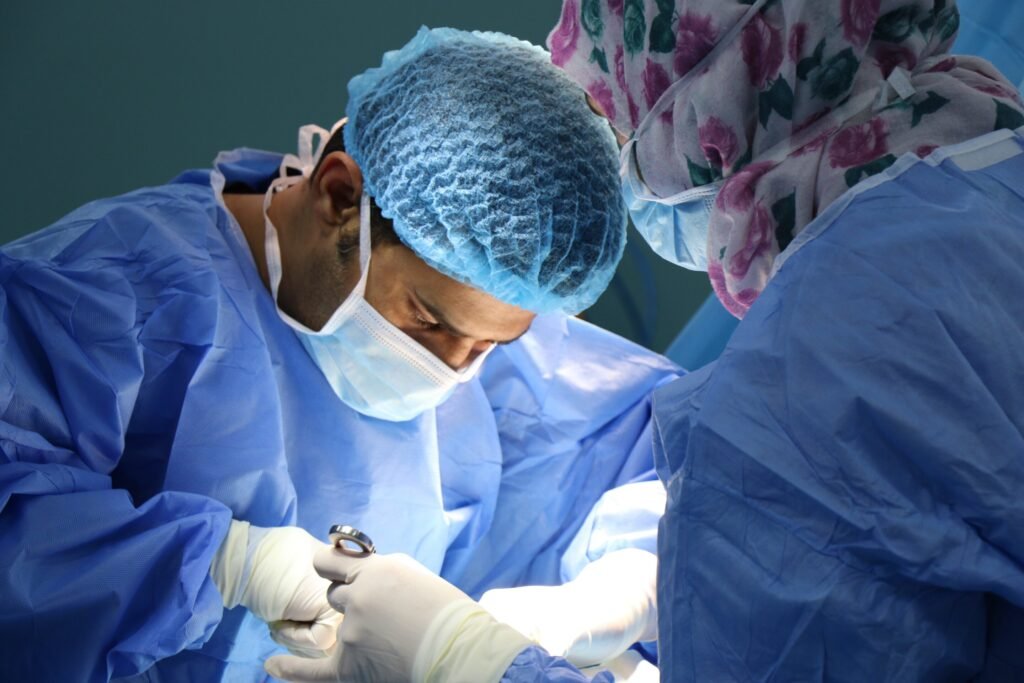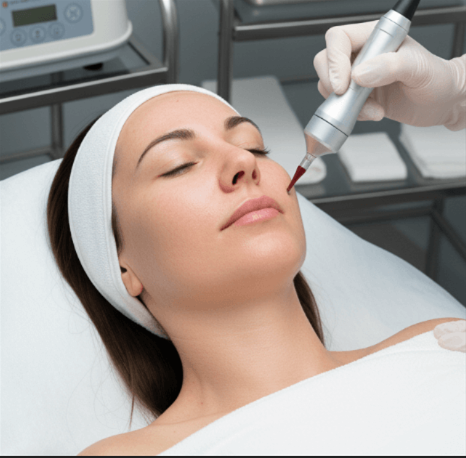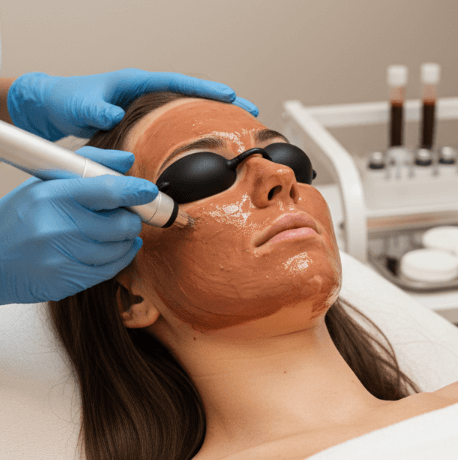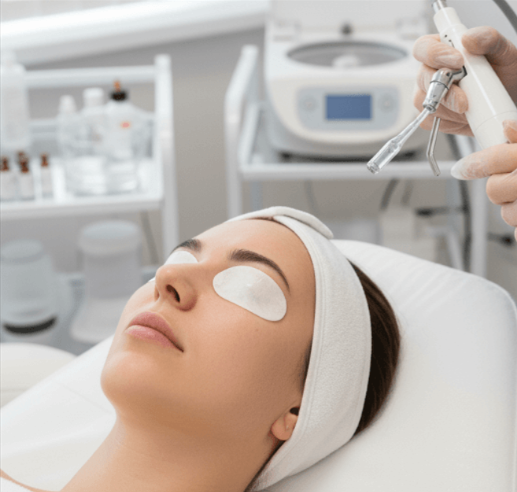Korea is a leading destination for medical tourism, especially for cosmetic and reconstructive surgeries. One of the major factors contributing to its reputation is the comprehensive and well-structured post-surgery recovery programs offered by Korean hospitals. These programs ensure that patients — including international visitors — recover safely, comfortably, and efficiently after their procedures.
If you’re considering surgery in Korea, understanding the step-by-step process of these recovery programs can help you prepare mentally and physically, set realistic expectations, and maximize your healing success.
Step 1: Pre-Surgery Consultation and Recovery Planning
Before the surgery, Korean hospitals conduct an in-depth consultation that covers:
- Detailed discussion of the surgical procedure, risks, and expected recovery timeline
- Comprehensive medical evaluation including blood tests and imaging
- Assessment of patient’s lifestyle, skin type, and health conditions
- Personalized recovery plan outlining expected post-op care, medications, and follow-up schedules
- Explanation of the hospital’s post-surgery recovery services and facilities
This step ensures patients are fully informed and helps medical teams prepare for personalized recovery.
Step 2: Surgery Day and Immediate Post-Operative Care
After surgery, patients are moved to a recovery room where they receive:
- Continuous monitoring of vital signs (heart rate, blood pressure, oxygen levels)
- Pain management through medication tailored to individual tolerance
- Administration of IV fluids and antibiotics if needed
- Immediate wound care and dressing changes
- Guidance on breathing exercises and gentle movements to prevent complications
Nurses and anesthesiologists work closely during this critical phase to stabilize patients.
Step 3: Transfer to Dedicated Recovery Suites or Hospital Rooms
Once stabilized, patients are transferred to comfortable recovery rooms that provide:
- A clean, quiet, and hygienic environment to promote healing
- Adjustable beds and patient-controlled pain management options
- Access to nutritious meals formulated to support tissue repair
- Facilities for family members or companions (if allowed)
- Language support services for international patients
Many hospitals offer private or semi-private rooms to ensure rest and privacy.
Step 4: Post-Surgery Therapies and Monitoring
During the initial days following surgery, patients undergo several therapies to accelerate recovery:
- Lymphatic Drainage Massage: Helps reduce swelling and bruising
- LED Light Therapy: Promotes tissue repair and reduces inflammation
- Cold Compress Treatments: Alleviates pain and limits swelling
- Physical Therapy: Encourages safe mobility and prevents stiffness (for relevant surgeries)
- Nutritional IV Therapy: Provides vitamins and antioxidants to boost immunity
Medical staff monitor wound healing, signs of infection, and overall progress daily.
Step 5: Patient Education and Self-Care Training
Before discharge, patients receive detailed instructions including:
- How to care for surgical sites and change dressings properly
- Medication schedules and pain management tips
- Recommended activities and movement restrictions
- Skin care routines to support healing (especially for cosmetic procedures)
- Warning signs of complications requiring immediate medical attention
Hospitals provide written materials in multiple languages and may demonstrate care techniques.
Step 6: Discharge and Follow-Up Scheduling
Patients are discharged only when doctors confirm they are stable and capable of continuing recovery at home or their accommodation. Discharge includes:
- Prescriptions for medications and topical treatments
- Contact information for 24/7 medical support lines
- Scheduled follow-up appointments, which may be in-person or via telemedicine for international patients
- Travel advice regarding timing of flights and precautions during travel
Hospitals coordinate with patients’ travel plans to ensure safety.
Step 7: Remote Monitoring and Telemedicine Support
For international patients returning home, many Korean hospitals offer telemedicine services to:
- Review healing progress through video consultations
- Adjust medications or skincare regimens as needed
- Address patient concerns and provide reassurance
- Schedule additional treatments or minor corrections if necessary
This continuity of care minimizes risks and promotes long-term satisfaction.
Step 8: Optional Rehabilitation and Cosmetic Enhancements
Some recovery programs include optional add-ons such as:
- Post-surgery facial massages or acupuncture to enhance circulation and reduce tension
- Non-invasive skin treatments like LED therapy or gentle peels to refine results
- Nutritional counseling for optimal health and skin recovery
These extras contribute to a holistic healing process that aligns with Korean beauty standards.
Conclusion
Korean hospitals provide a meticulous, step-by-step post-surgery recovery program that combines medical expertise, cutting-edge therapies, and patient-centered care. This structured approach not only ensures faster healing but also enhances overall patient safety and comfort — crucial factors for international patients far from home.
By understanding and preparing for each phase of this recovery journey, you can confidently plan your medical trip to Korea and achieve the best possible outcomes.




